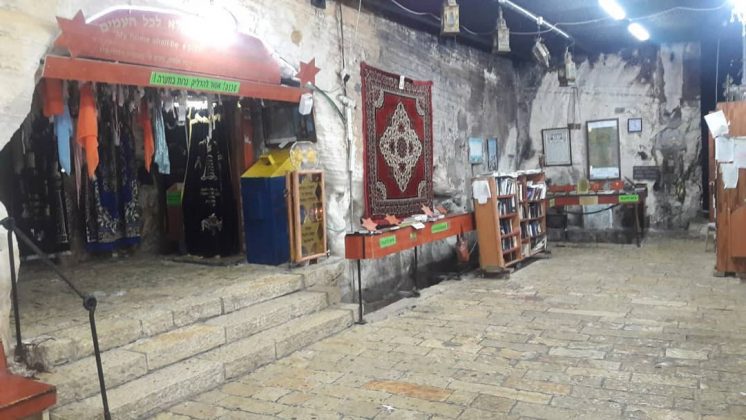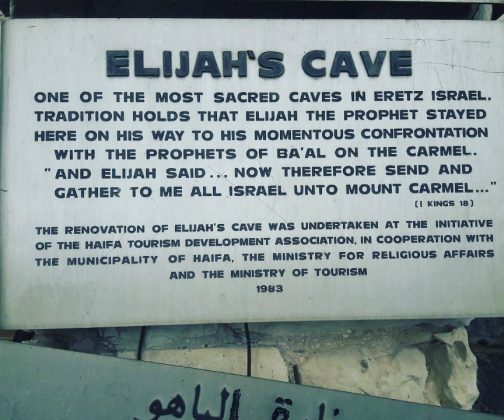The City Of Haifa In The North Of Israel
Haifa is the third-largest city of Israel, and it is part of the Haifa metropolitan area. It is notable also because it hosts the well known Bahá’í World Centre. Haifa stands on the Mount Carmel’s slopes, and it is a 3,000 years old city. During the Bronze Age, around 14th century BCE, it was a small port city. Besides Phoenicians, Persians, Hasmoneans, Romans, Byzantines and Arabs, Crusaders, Ottomans, British, and Israelis conquered Haifa’s city. In 2016 Haifa was an important seaport of the Israeli Mediterranean coastline with an extension of 90 km. This city hosts important academic institutions such as the University of Haifa and the Technion; Haifa is renowned for the Matam, the oldest and largest high-tech park in Israel.
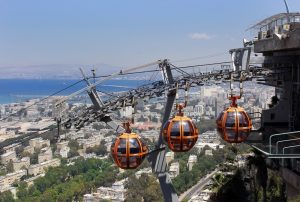
Moreover, in Haifa, there is the Carmelit, the only underground transit system in Israel. This city is a heavy industry centre in petroleum refining and chemical processing. Indeed, previously it was the western terminus of an oil pipeline from Iraq through Jordan. Haifa consists of a population of 266,300 inhabitants, being the third-largest city of Israel. The most significant contribution comes from the Soviet Union immigrants. It is a model of cohabitation of Arabs and Jews. Haifa’s population is heterogeneous: 82% are Israeli Jews, 14% are Christians, and 4% are Muslims.

The Geography Of The City Of Haifa
Haifa is located on the Israeli Mediterranean Coastal Plain; hence, it is the geographical bridge that connects Europe, Africa and Asia. On the northern slopes of Mount Carmel, Haifa’s city splits over three tiers, the lowest part is the centre of commerce and industry that includes the Port of Haifa. The middle stratum is on Mount Carmel’s slopes, and it is hosting old residential; the upper level consists of modern neighbourhoods. Haifa is 90 km far from Tel Aviv, and it has a large number of beaches. The Carmel Mountain has three central valleys: Lotem, Amik and Si’ach connected to the city through natural corridors running up from the coast to the mountain. This nature reserve includes hiking paths with rich wildlife; actually, several wild animals such as boars, golden jackals, hyraxes, Egyptian mongooses, owls and chameleons cohabitate in this area.

Haifa’s Climate
Haifa has a Mediterranean climate with hot and dry summers; while the winters are cool and rainy. Usually, the springtime begins in March and starting from May the temperature rises like in a warm summertime. Humidity is high over the year, and it’s usually raining from September up to May.
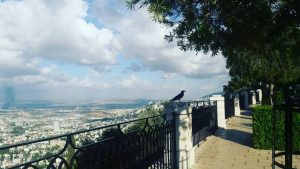
Haifa’s Urban Structure
Haifa is structured in tiers from the lower to the upper level on Mount Carmel’s slopes. Wadi Salib is the oldest neighbourhood, which is the Old City close to the port. The centre of Arab life in the modern Haifa city stretches across the city up to Wadi Nisnas. Since 1920 up to 1990, Haifa’s cultural life was in Hadar, the Arab neighbourhood, which today extends from the port area midway up the Mount Carmel, hosting two commercial centres. On the second tier of Mount Carmel, there is the neighbourhood of Neve Sha’anan, whose foundation dates back to the year 1920. Other areas are Bat Galim, Shikmona Beach, Kiryat Eliezer, Carmel Tzarfati (French Carmel), Merkaz HaCarmel, Romema, Ahuzat Ha’Carmel (Ahuza), Carmelita, Vardiya, Ramat Golda, Ramat Alon and Hod Ha’Carmel (Denya), Kabir.
Haifa’s Industry
The industrial activity around Kishon River is important because it hosts one of Israel’s two oil refineries besides the one in Ashdod; furthermore, it produces 9 million tons of crude oil a year. Matam (Merkaz Ta’asiyot Mada – Scientific Industries Center) is the largest and oldest high-tech park in Israel. It is in the southern entrance to the city, which hosts international hi-tech companies such as Intel, IBM, Microsoft, Motorola, Google, Yahoo!, Elbit, CSR, Philips, and Amdocs. The campus of the University of Haifa hosts the IBM Haifa Labs. The Port of Haifa is the main port of Israel and a significant cargo harbour, besides the Port of Ashdod. There are different malls and shopping centres in the area of the Port.
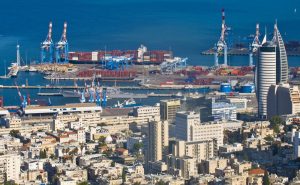
The Tourist Attractions
Haifa is a major tourist attraction in Israel mostly because of the Bahá’í World Centre with the golden-domed Shrine of the Báb and the surrounding gardens. In 2008 the Bahá’í gardens were designated a UNESCO World Heritage Site. Other tourist attractions are the restored German Colony, founded by the Templars, the Stella Maris and the Elijah’s Cave. Moreover, the Ein Hod artist colony in the Haifa district hosts studios of 90 artists and where art exhibitions take place. In the Mount Carmel national park, there are caves with Neanderthal and early Homo Sapiens archaeological remains.

Cultural Life Of The City Of Haifa
Haifa is the cultural hub of northern Israel because of the presence of several theatres and museums. The Haifa Theatre, a repertory theatre is the first municipal theatre founded in Israel; other theatres are the Krieger Centre for the Performing Arts and the Rappaport Art and Culture Center. In 1950 the New Haifa Symphony Orchestra was founded. Every year has more than 5000 subscribers. The Haifa Cinematheque hosts the annual Haifa International Film Festival and the Haifa Rock & Blues Festival hosts famous artists.
Among the numerous museums, the most popular is the Israel National Museum of Science, Technology and Space, in the Technion building, with a score of almost 150,000 visitors every year; another relevant museum is the Haifa Museum of Art, a collection of modern and classical art. The Tikotin Museum of Japanese Art is the only museum in the Middle East dedicated exclusively to Japanese art. Other museums in Haifa include the Museum of Prehistory, the National Maritime Museum and Haifa City Museum, the Hecht Museum, the Dagon Archaeological Museum of Grain Handling, the Railway Museum, the Clandestine Immigration and Navy Museum, the Israeli Oil Industry Museum, and Chagall Artists’ House.
Elijah’s cave
The Cave of Elijah is a well-known grotto; In the Torah, the prophet Elijah took shelter during a journey into the wilderness in this cave (1 Kings 19:8).



